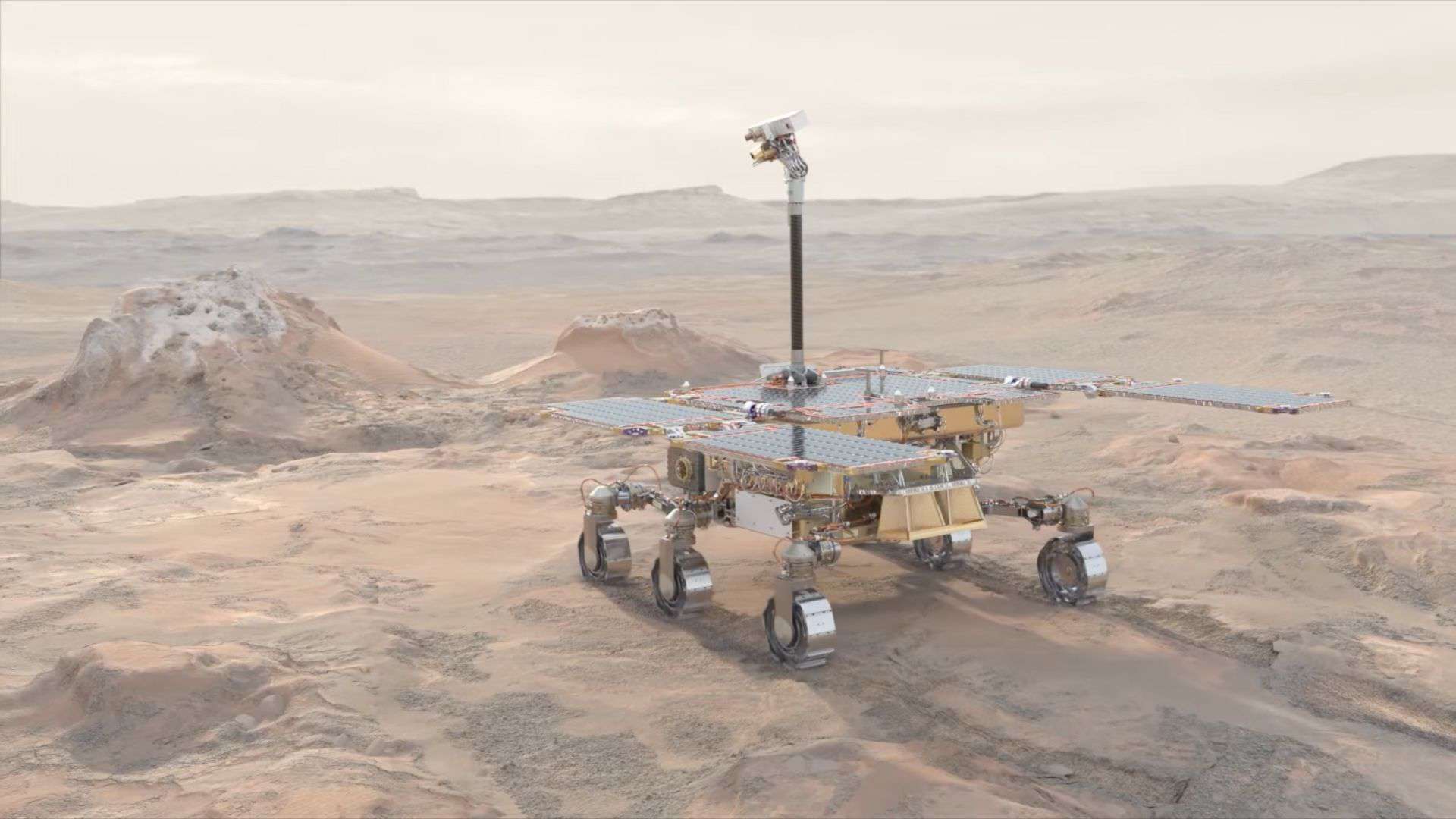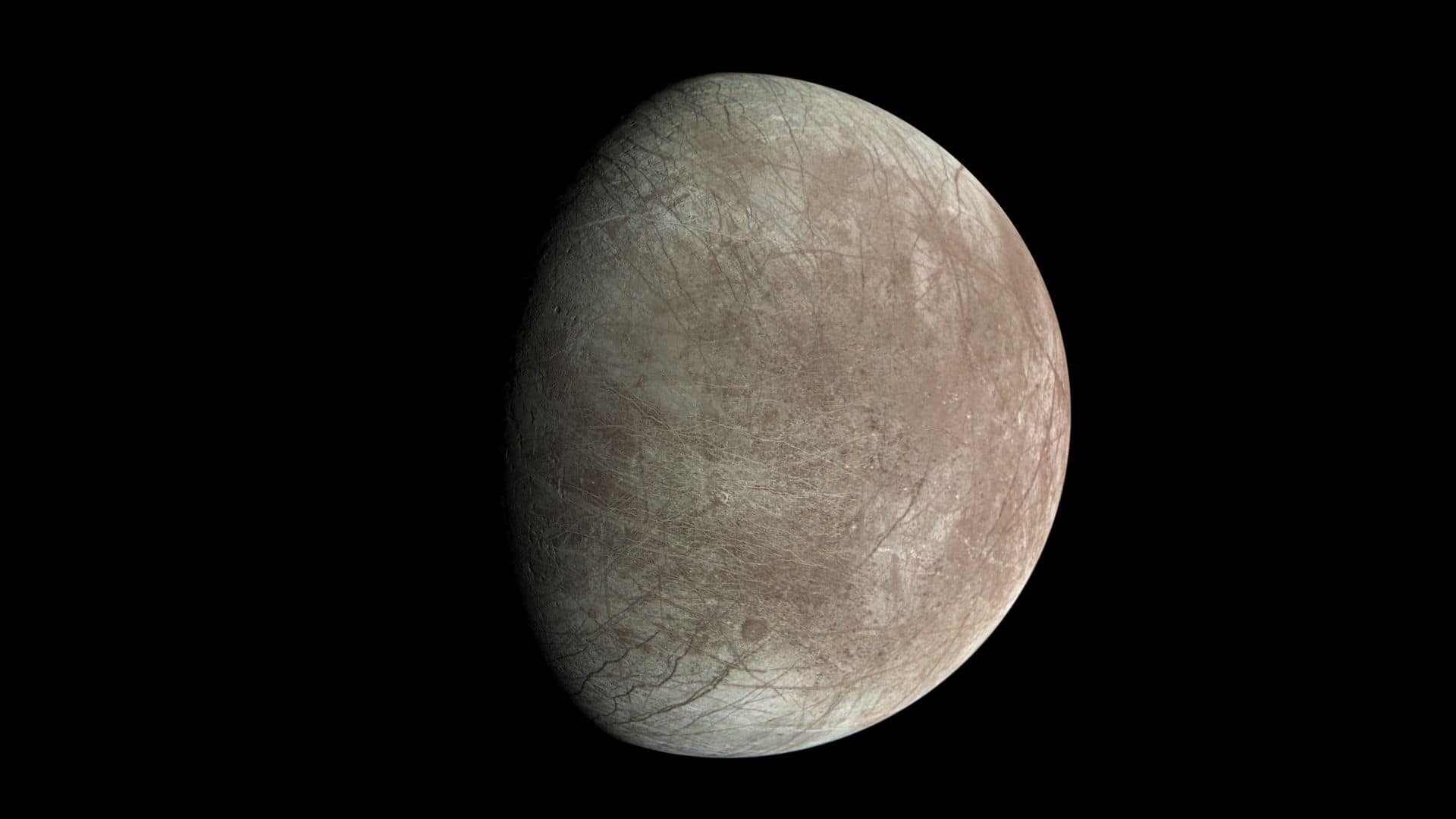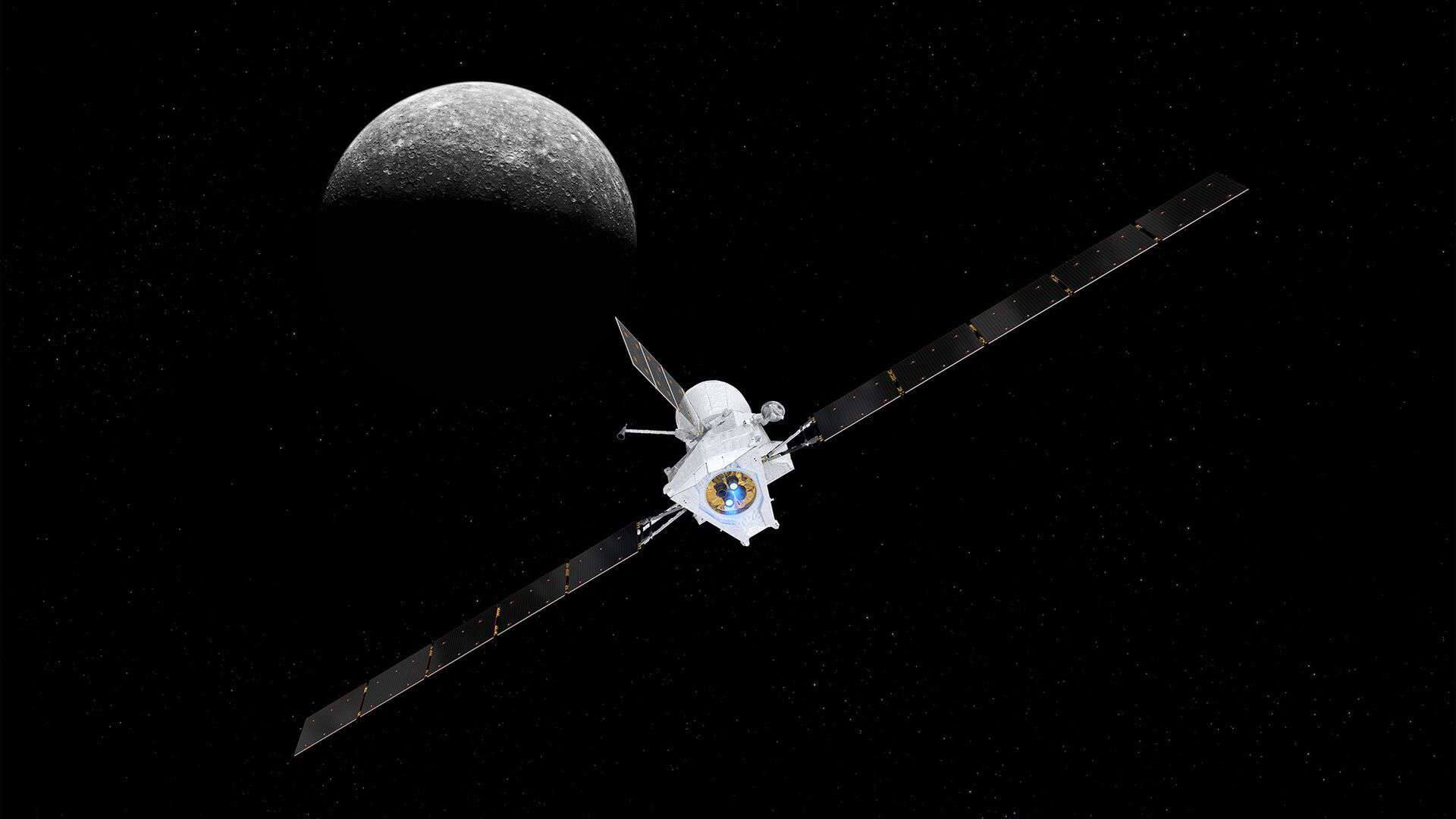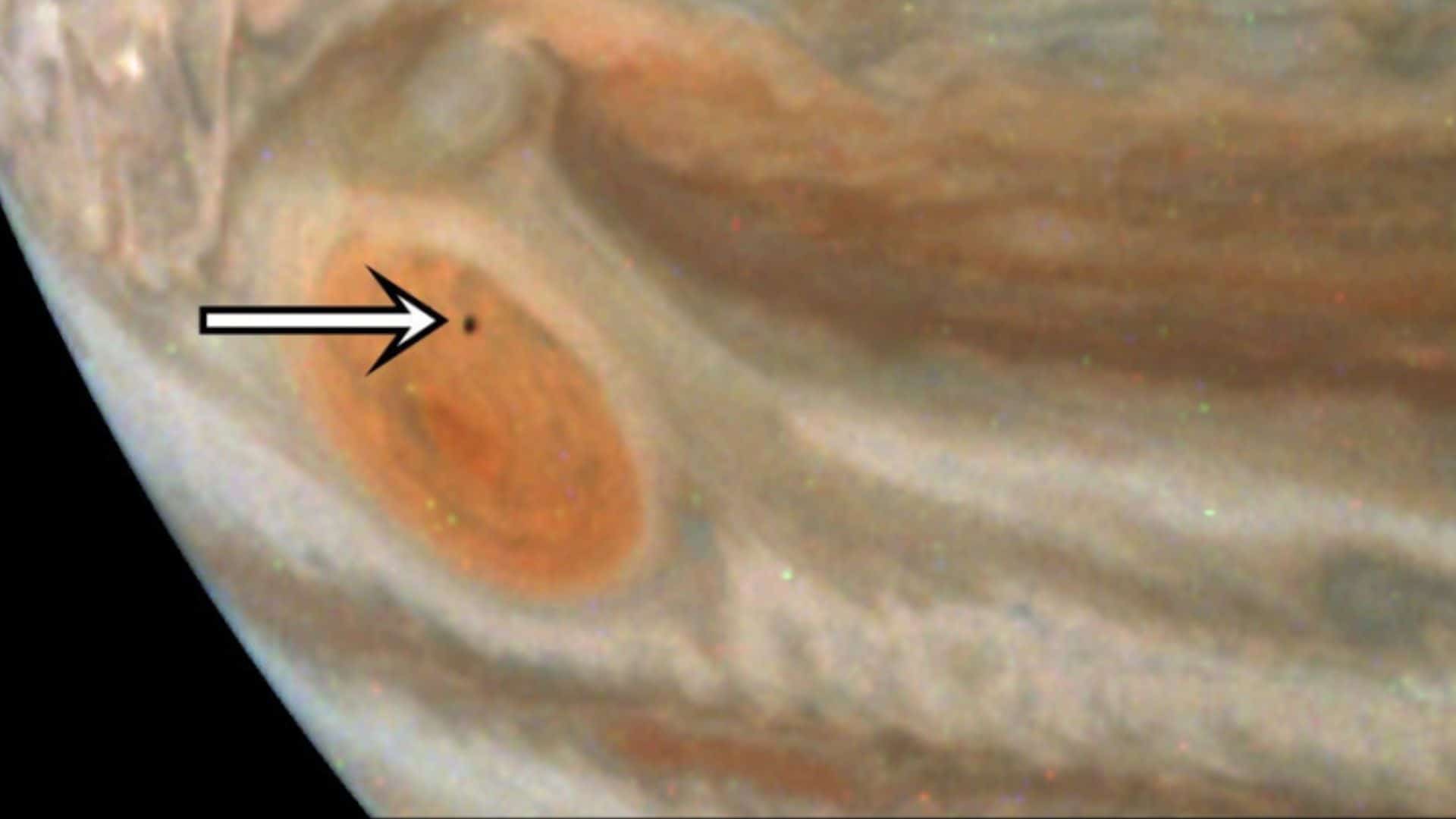Boeing’s first crewed test flight to the International Space Station is now scheduled no earlier than 3:09 p.m. EDT (19:09 UTC) on Saturday, May 25, 2024.
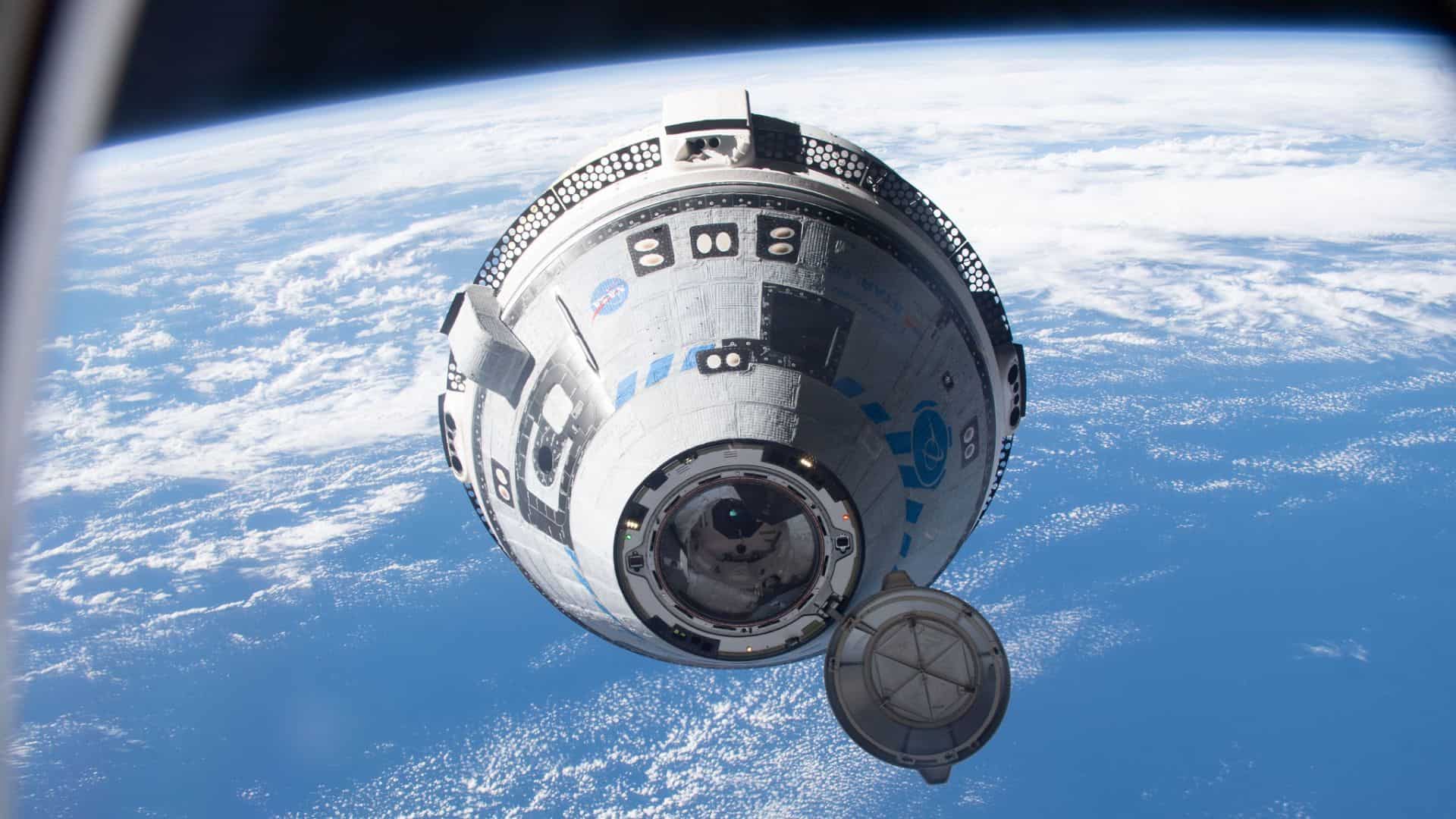
Boeing’s first crewed test flight to the International Space Station had been delayed due to a safety issue.
Boeing’s Starliner spacecraft was supposed to launch on a United Launch Alliance Atlas V rocket on Monday, May 6, 2024, at 10:34 p.m. EDT (02:34 UTC on May 7) from Space Launch Complex-41 at Cape Canaveral Space Force Station in Florida.
Prior to launch on May 6, the crewed test flight was postponed due to a faulty oxygen relief valve observation on the United Launch Alliance Atlas V rocket’s Centaur second stage.
NASA administrator Bill Nelson tweeted on May 6, “Standing down on tonight’s attempt to launch Starliner. As I’ve said before, NASA’s first priority is safety. We go when we’re ready.”
The United Launch Alliance (ULA) team had decided to replace a pressure regulation valve on the liquid oxygen tank on the Atlas V rocket’s Centaur upper stage after a thorough data analysis on May 7, 2024.
The ULA team had successfully replaced the pressure regulation valve on the liquid oxygen tank on the Atlas V rocket’s Centaur upper stage on May 11, 2024.
Later, the team found a small helium leak in the Boeing Starliner spacecraft’s service module, which was sealed on May 15, 2024.
Currently, NASA, Boeing, and ULA (United Launch Alliance) teams are taking additional time to further assess the helium leak, though it is a minor problem.
For the first time, Boeing’s Starliner spacecraft will carry two NASA astronauts, Butch Wilmore (mission commander) and Suni Williams (mission pilot), to the International Space Station as a part of NASA’s Commercial Crew Program (CCP).
NASA awarded several US private companies to carry safe, reliable, and cost-effective human transportation to and from the International Space Station through its Commercial Crew Program (CCP).
Two astronauts, Butch Wilmore and Suni Williams, will spend about a week at the International Space Station before the crew capsule makes a parachute-assisted landing in the southwestern United States.
Once the crewed test flight is complete, NASA will certify Boeing’s Starliner spacecraft to carry astronauts to and from the International Space Station regularly.
Boeing aims to be the second private US company, after Elon Musk’s SpaceX, to conduct human spaceflight to and from the International Space Station.
Till now, NASA has only certified SpaceX Dragon spacecraft to conduct human spaceflight to and from the International Space Station.
Once Boeing’s Starliner spacecraft begins its crew rotational service, NASA will no longer have to depend on the Russian Soyuz spacecraft.
Please bookmark Spaceandtelescope.com or follow us on Facebook and Twitter to get latest space news, upcoming skywatching events and astronomy-related content.
